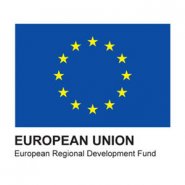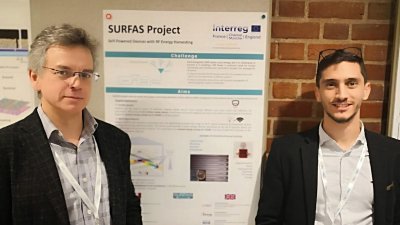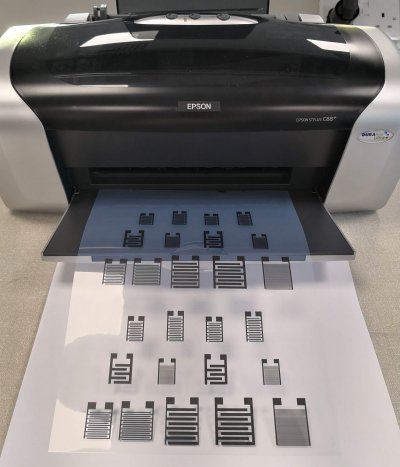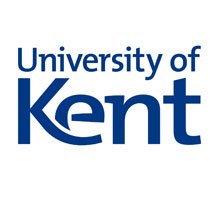
SURFAS: Flexible smart surfaces for augmented indoor communications
Start date
June 2017End date
May 2021Overview
We’d like to find a way to help everyone cut down on their use of fossil fuels. Renewable energy resources (i.e. wind, solar, hydropower, geothermal) are green alternatives, but have you ever thought about the radio waves and mobile phone signals travelling through the air that we don’t use?
Besides the environmental and economic benefits of recovering even a fraction of this untapped energy, harvesting and converting it into useable electrical energy could drive low-power electronics, like wireless sensor networks, wearable devices and the internet of things. Maintenance free, efficient and sustainable, batteries could become a relic of the past.
Aims and objectives
Making use of the untapped energy in ambient electromagnetic radiation (EM) waves, can replace the need for batteries and low AC power consumption in devices, delivering significant cost savings to the consumer.
So we are looking at how we can harvest the energy in radio frequency (RF) radiation efficiently and use it to power electronic devices as an alternative to battery power and how we can minimise attenuation and improve propagation of wi-fi signals in buildings.
Collaborate with us
The technology developed will be shared with small and medium enterprises. We’d like to work with you to learn how energy harvesting and self-powered devices can help you and your business. Be it the internet of things, embedded electronics, boosted connectivity or sensor applications, we hope that the collaborations formed during this project will continue after it has ended.
Get in contact
If you are interested in collaborating with us then please contact Maxim Shkunov:
- Email: m.shkunov@surrey.ac.uk
- Tel: +44 (0)1483 686082.
Funding amount
Total project budget was €1.859 million with €1.283 million coming from the European Regional Development Fund.
Funders
About the project
Watch the video to find out all about what we are doing and why.
Team
We are made up of four members with expertise in energy harvesting, printed electronics, RF solutions and propagation modelling to name a few. If you're interested in finding out more about what we do and how we could help your business, then please get in touch.

Dr Tim Brown
Senior Lecturer in RF Antennas and Propagation
Expertise
My expertise is in end to end RF solutions, intelligent antenna design and propagation modelling.

Dr Maxim Shkunov
Senior Lecturer
Expertise
My expertise is in printed electronics, nanotechnology, energy harvesting and storage solutions for large scale applications.

Dr Haris Votsi
Research Fellow
Expertise
My current research interests include microwave metrology, printed electronics, modelling of micro and mm-wave components.

Pavlos Giannakou
Postgraduate Research Student
Expertise
My current research is focused on printed electronics and energy storage, particularly supercapacitors.
News
Materials Research Society (MRS) Virtual Fall Meeting and Exhibit

27 November - 4 December 2020
We presented a talk on “Flexible Inkjet-Printed Nanoparticle-based Supercapacitors: Effect of Substrates, Printing and Materials” at Symposium: F.FL03: Flexible, Wearable Electronics and Textiles.
Spring meeting of the European Materials Research Society (E-MRS) in Nice, France

27-31 May 2019
We presented a poster on “high performance inkjet‐printed and flexible NiO supercapacitors” at Symposium C: Batteries and Supercapacitors: Fundamentals, Materials and Devices.
Innovations in Large Area Electronics (InnoLAE) Conference

January 2019
We presented a poster on energy storage and harvesting titled “self-powered devices with RF energy harvesting” at the InnoLAE conference in Cambridge, UK.
Advanced Energy Materials (AEM) conference at the University of Surrey, UK

10-12 September 2018
Second and third general assembly

October 2017 and January 2019
The second general assembly was held by Intrinsiq Materials Ltd, in Farnborough, UK and the third was hosted by the University of Surrey in Guildford, UK. The University of Surrey presented their research into single-layer coplanar super-capacitors and their long-term stability, as well as prototype fabrication and process optimization in collaboration with Intrinsiq Materials, UK. ESIGELEC presented preliminary analysis of high impedance surfaces and design considerations within the lower ISM band (868MHz/2.4GHz), including the first trials of indoor power density measurement methods.
The University of Kent discussed their preliminary simulation results for a tri-layer design operating at Wi-Fi frequencies (5.8GHz) and their characterisation apparatus. The first feasibility studies of smoke alarms and Wi-Fi boosters were approved. There is also potential for home automation sensors to be considered.
SURFAS, we have lift-off!

June 2017
SURFAS was launched at ESIGELEC in Saint-Etienne-du-Rouvray, France. The keynote address was delivered by Moncef Kadi, the Head of IRSEEM’s research team of Electronic and Embedded Systems.
Along with rules and regulations, the University of Surrey outlined their fabrication facilities and capabilities, ESIGELEC discussed the objectives and challenges of rectenna design and the University of Kent highlighted surface design constraints (i.e. size, number of cells, pattern redirection) over the frequency bands of interest.
What we do
In collaboration with ESIGELEC in Rouen and the University of Kent, we are an integral part of the SURFAS consortium. Our group specialises in printable nanoelectronics for energy harvesting and RF applications. Our expertise and state of the art fabrication and characterisation facilities enable us to print electronic components and circuitry on flexible plastic and paper substrates from micrometre to centimetre scales.
We work with small and medium enterprises custom-making devices to suit each company's needs, as well as coordinating personnel training at partner institutions and further developing research themes for funding bodies, such as Innovate UK.
Printed electronics

We specialise in the fabrication of inkjet and screen-printed devices of any shape, size, and rigidity that could ultimately be printed in the comfort of your own home. The extraordinary developments in digital printing technology in the last decade could soon make this a reality.
We’re currently busy making
- Custom-designed 3D printed structured metal nanoparticle conducting layers of 20 - 300μm thickness with high lateral resolution on rigid and flexible substrates.
- Inkjet and screen-printed microstrip waveguides on flexible plastic substrates for testing the RF parameters of nanoparticle conducting layers.
- Inkjet printed co-planar supercapacitors for energy storage that can be integrated with RF energy harvesters.
Energy harvesting
Energy harvesters convert ambient energy into useable electrical energy that can drive low-power electronics, like wireless sensor networks, wearable devices and the internet of things.
We are trying to convert ambient energy by using rectenna (rectifying antenna) to convert electromagnetic radiation into DC electricity. A rectenna is simply an antenna with frequency specific response that enables it to absorb Radio Frequency (RF) energy and an RF diode connected across it. The diode rectifies the alternating current (AC) induced in the antenna from radio waves and/or microwaves into a direct current that can power a load.
It’s challenging to harvest RF energy as the signal tends to be relatively weak and the walls and structure of the building hamper the propagation of waves.
Aims
Our aims are to work out how best to:
- Harvest RF energy efficiently to power electronic devices as an alternative to battery power.
- Improve propagation of electromagnetic waves in buildings through the utilisation of smart surfaces.
Energy storage
How can we store the energy we harvest? Batteries are bulky and their finite life-time and low power density can be a problem when they are embedded in inaccessible, permanent structures or when very quick charging and discharging is required.
Supercapacitors store electrochemical energy and are ideal for energy harvesting applications. Their life expectancy is extended to millions of cycles while maintaining higher power densities that can be fully charged or discharged in a matter of seconds.
What we are doing
In our research group we inkjet-print low cost, high performance supercapacitors to meet the energy storage demands of wearable electronics, internet-of-things and wireless sensor networks.
The digital nature of inkjet-printing enables innumerable patterns and designs to be implemented efficiently, as well as allowing for the fabrication of multifunctional energy storage units.









